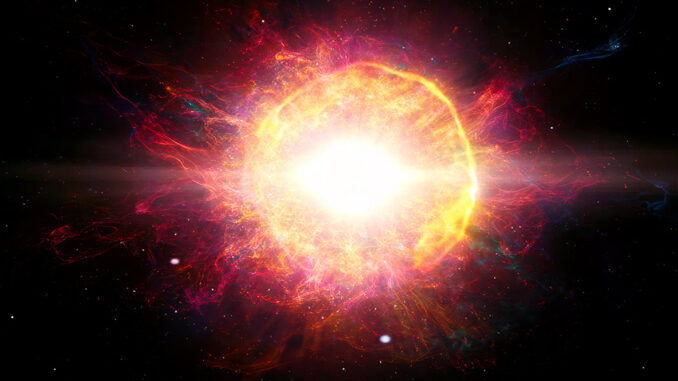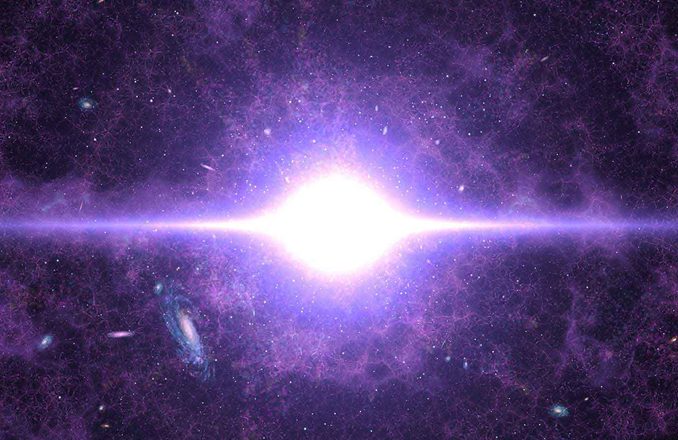Are we alone? New discovery raises hopes of finding alien life | Science
Towards the end of his life, the cosmologist Stephen Hawking was asked about the odds of finding intelligent alien life in the next two decades. “The probability is low,” he declared in 2016, and took a lengthy pause before adding: “Probably.”This week, other scientists from the University of Cambridge reported tentative evidence for two compounds in the atmosphere of a planet, K2-18b, that sits in the constellation of Leo 124 light years away.On Earth, dimethyl sulphide (DMS) and dimethyl disulphide (DMDS) are hallmarks of life, emanating only from microscopic organisms. And while marine phytoplankton might not rank as particularly intelligent, the claim unleashed a wave of excitement: the answer to the question “Are we alone?” has never seemed closer.“This is the strongest evidence to da...


